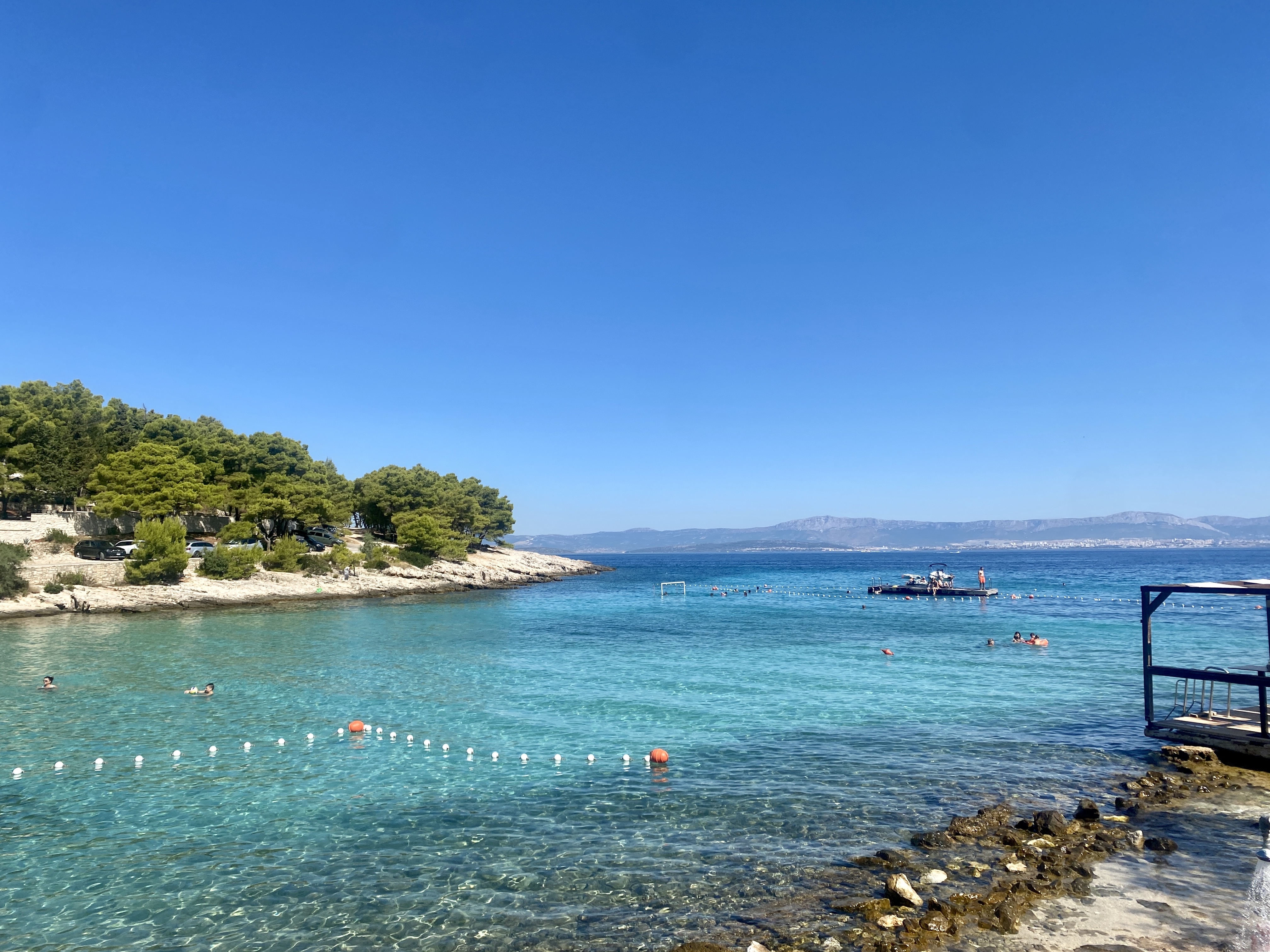Chapter 3: Organisation and the Digestive System
Subdecks (7)
Tissues & Organs
BIOLOGY GCSE > Chapter 3: Organisation and the Digestive System12 cardsThe Human Digestive System
BIOLOGY GCSE > Chapter 3: Organisation and the Digestive System11 cardsThe Chemistry of Food
BIOLOGY GCSE > Chapter 3: Organisation and the Digestive System26 cardsCatalysts & Enzymes
BIOLOGY GCSE > Chapter 3: Organisation and the Digestive System11 cardsFactors Effecting Enzyme Action
BIOLOGY GCSE > Chapter 3: Organisation and the Digestive System16 cardsHow the Digestion System Works
BIOLOGY GCSE > Chapter 3: Organisation and the Digestive System22 cardsMaking Digestion Efficient
BIOLOGY GCSE > Chapter 3: Organisation and the Digestive System15 cards
Cards (128)
- Name three enzymes produced in the pancreas.
- What are enzymes?
- Why are enzymes described as specific?
- Describe the function of amylase
- Where is amylase produced?
- Describe the function of proteases.
- Where are proteases produced?
- Describe the function of lipases.
- Where are lipases produced?
- What are two factors that affect the rate of activity of an enzyme?
- What does denatured mean?
- Describe the effect of temperature on enzyme activity.
- Describe the effect of pH on enzyme activity.
- Why do different digestive enzymes have different optimum pHs?
- What is an organ system?
